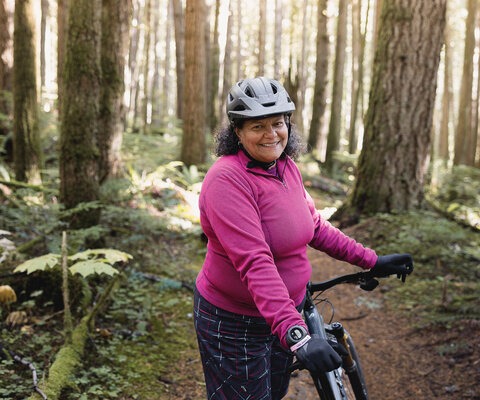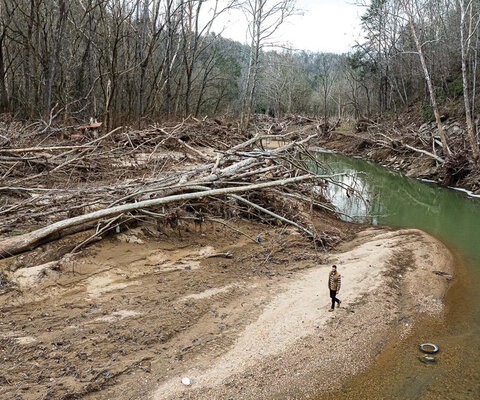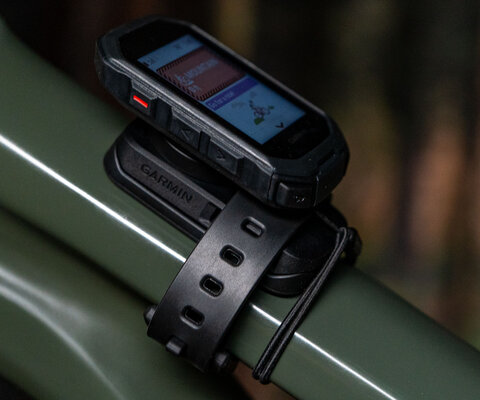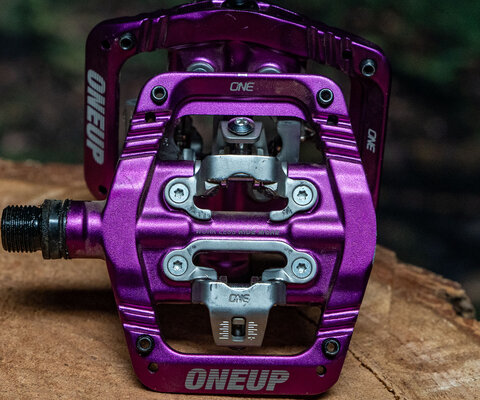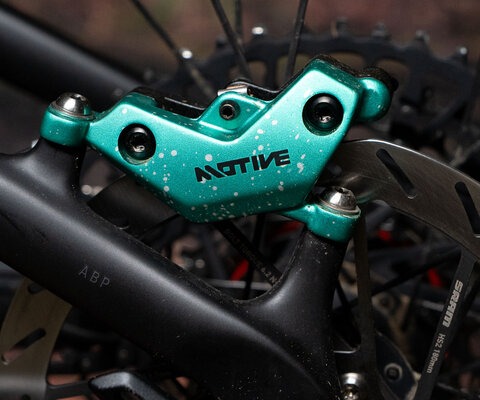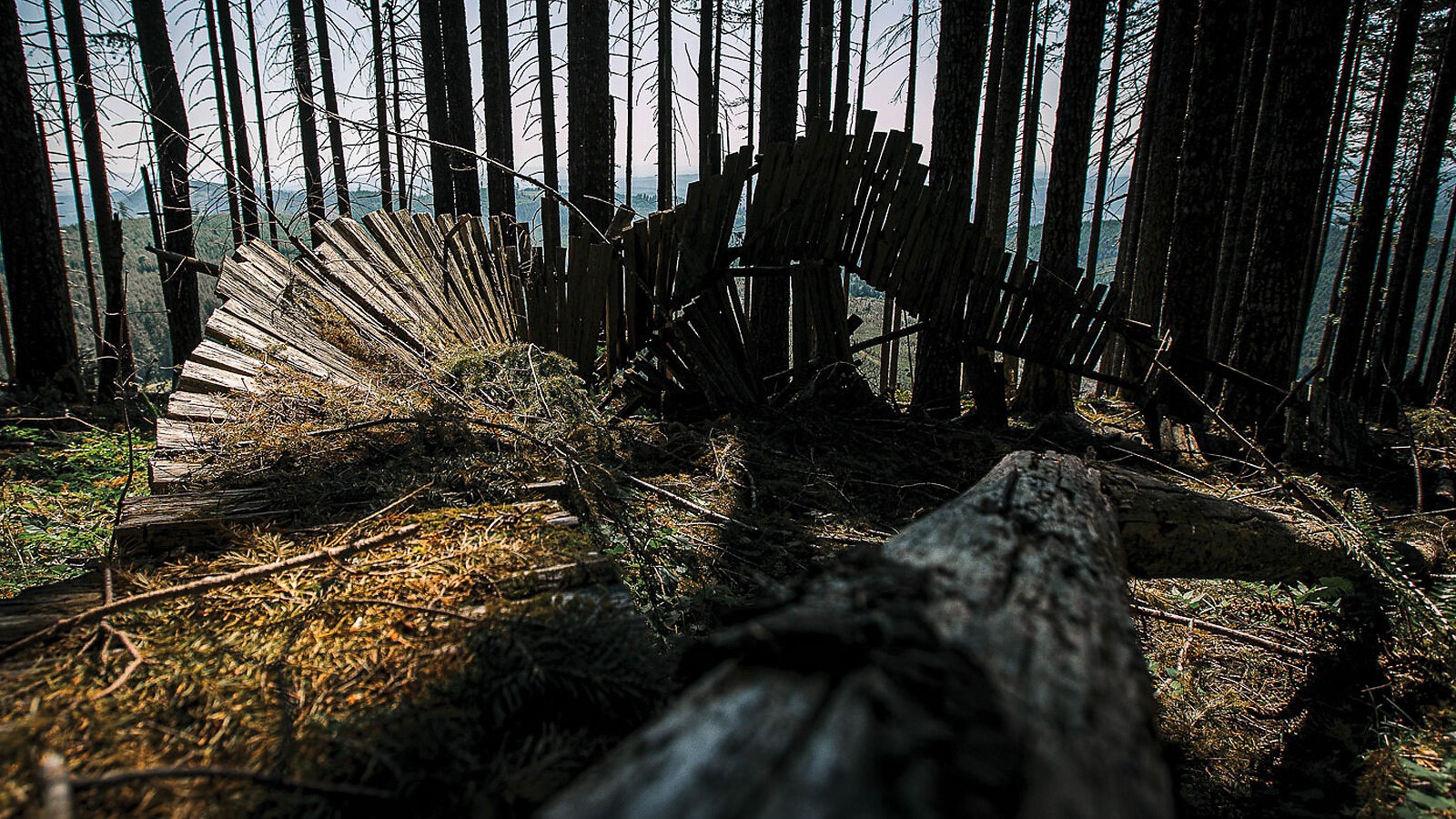
Vital Resurrection The Fall and Rise of Black Rock, Oregon
Words by Jann Eberharter
As a self-aware species with a seemingly decent understanding of time, humans have a prodigious connection with the past. Our entire understanding of history is built on the knowledge of what happened before our own lives. This relationship, though, has profound implications.
As the late astronomer Carl Sagan famously said, “You have to know the past to understand the present.” In trying to understand the significance of a place and time within mountain biking’s history, it follows that we would seek to draw cosmic parallels with the world as we now know it.
The fire roads of Marin County’s Mount Tamalpais could be reminiscent of Stonehenge, a place where ingenuity tapped into newfound dimensions of the human psyche. The mind-bending wood skinnies of British Columbia’s North Shore might be akin to the Pyramids of Giza—so absurdly ahead of their time that some people believe they were built by aliens. The lines carved into Utah’s red rock spires for the inaugural Rampage freeride event in 2001 could be likened to the Great Wall of China, both feats where the scale of human capabilities were redefined.
Alongside these places of lore is Black Rock, a small weave of trails in central Oregon. Although it might not have paradigm-altering acclaim, it is no doubt deserving of the history books. This small network has long embodied today’s sought-after community-built ethos and was revolutionary in establishing a collaborative relationship with state land managers.
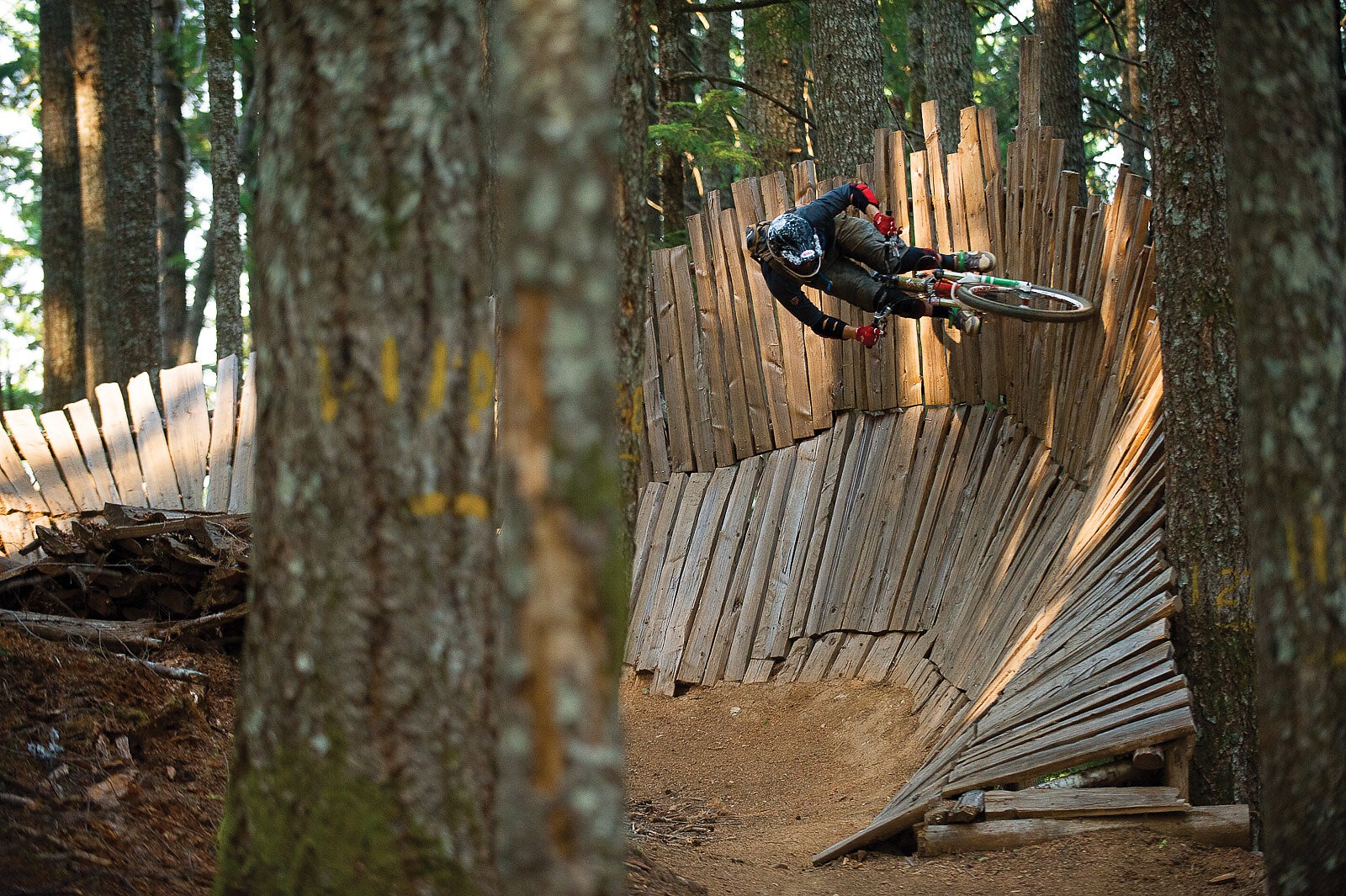
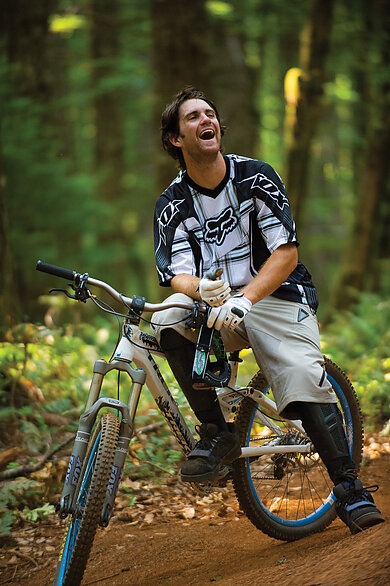
Now, Black Rock is experiencing a renaissance. Through the years, there have been numerous chapters to the ups and downs of the network. From being at the pinnacle of freeride in its heyday to years of bureaucratic stagnancy and subdued enthusiasm to a force majeure windstorm, there have been many hurdles. But Black Rock has prevailed. It has been a model for progressive collaboration with state agencies and rallied community in a place half-an-hour or more from many rider’s homes. And now, it is precisely that community who is pushing it forward for the benefit of all.
“The place needed to evolve,” says Matt Lund, Black Rock’s current president.
Like many other mountain bike networks, the pedigree of Black Rock extends back to trails trenched in by throttle-happy dirt bikers in the ’80s. To any two-wheel freak, the hillside’s lush greenery, widely spaced Douglas firs, and vibrant red dirt beg for a wild route down. So naturally, as freeride mountain biking and go-big-or-go-home style trailbuilding became all the rage in the early aughts, mountain bikers moved in too.
The crisscrossed network occupies the southern-facing flank of Mount Brown, on land owned by the Oregon Department of Forestry (ODF). This eventually doomed the dirt bikers when the government banned motorized vehicles on the plot. Fearing they might face a similar fate once the state agency saw the true extent of their own rogue trails and perilous wooden features, a few mountain bikers decided to ask for permission rather than forgiveness. In 2002, Leo Kowalski, Mike Susee, and Jason Vogt reached out to ODF and were put in contact with John Barnes, then-public use coordinator for ODF.
“The way I pitched it to them initially was, this is kind of an erosion control scenario where we’re going to build a bridge with on-site material to cross creeks and lessen impacts, but there’s going to be some technical features, there’ll be jumps and drops,” Kowalski says. “We built one drop, and it was huge, and they were all just like, ‘Uh, that’s too big.’ We wanted to know where the edge was, and we found it.”
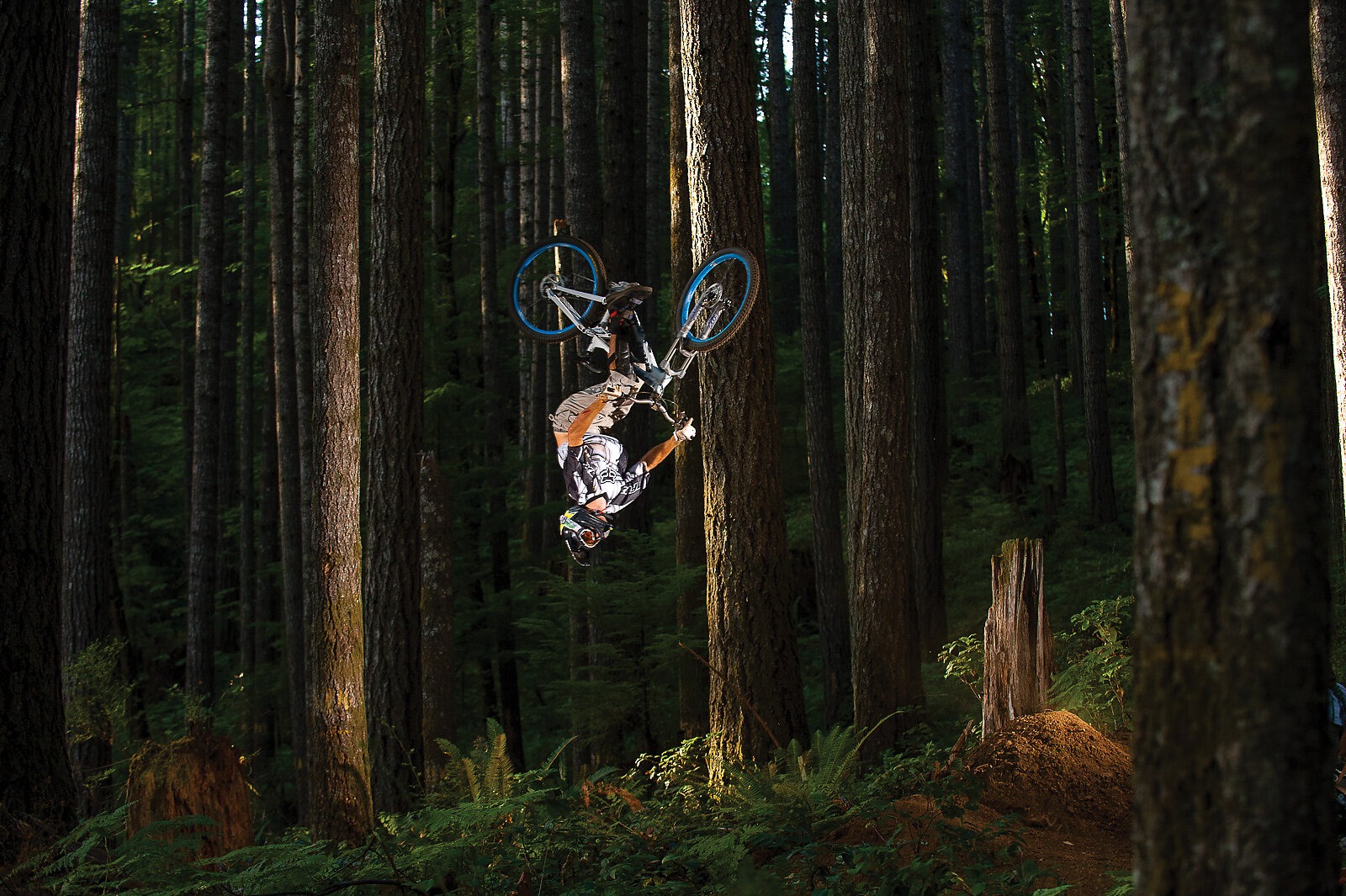
Along with the “yes” came a few stipulations. First, they needed to develop engineering standards for the trails and features to ensure they could pass muster with ODF. Secondly, they needed to create an Adopt-a-Trail program so that each trail could be properly approved and managed. And they had plenty of diggers eager to be trail managers and stewards. When another nearby riding zone on private logging land was shut down around that same time, even more riders and builders flocked to Black Rock. That same year, the trio formed Black Rock Freeride Association (BFA), which was officiated by a handful of t-shirts.
“Those beginning years, there was so much energy and so many new trails getting put in,” says Troy Munsell, lead builder for Granny’s Kitchen (Black Rock’s first legal trail) and owner of Salem’s Santiam Bicycle. “At the shop we were getting phone calls from all over the country from other building groups wondering how we got to build on government land, legally.”
Granny’s Kitchen featured a 10-foot-tall, allwood kicker that stepped up to a wood landing. From there, it was a quick left-hand corner before another wood takeoff that gapped over the climbing road. The trail took several years to fully complete and was built by hundreds of volunteers. If one thing was for sure, everyone at Black Rock was building progressive, boundary-pushing freeride trails. Their inspiration came from the North Shore and Whistler, but soon many were coming from Canada just to ride Black Rock.
“WHEN YOU GET A BIG EXPLOSION OF PROGRESSION, IT’S PRETTY NATURAL FOR THINGS TO TAPER FOR A BIT. I THINK THAT WAS A BIG PART OF I T TOO, THE NATURAL EBB AND FLOW OF HOW THINGS MOVE FORWARD IN LIFE.”
— Matt Lund
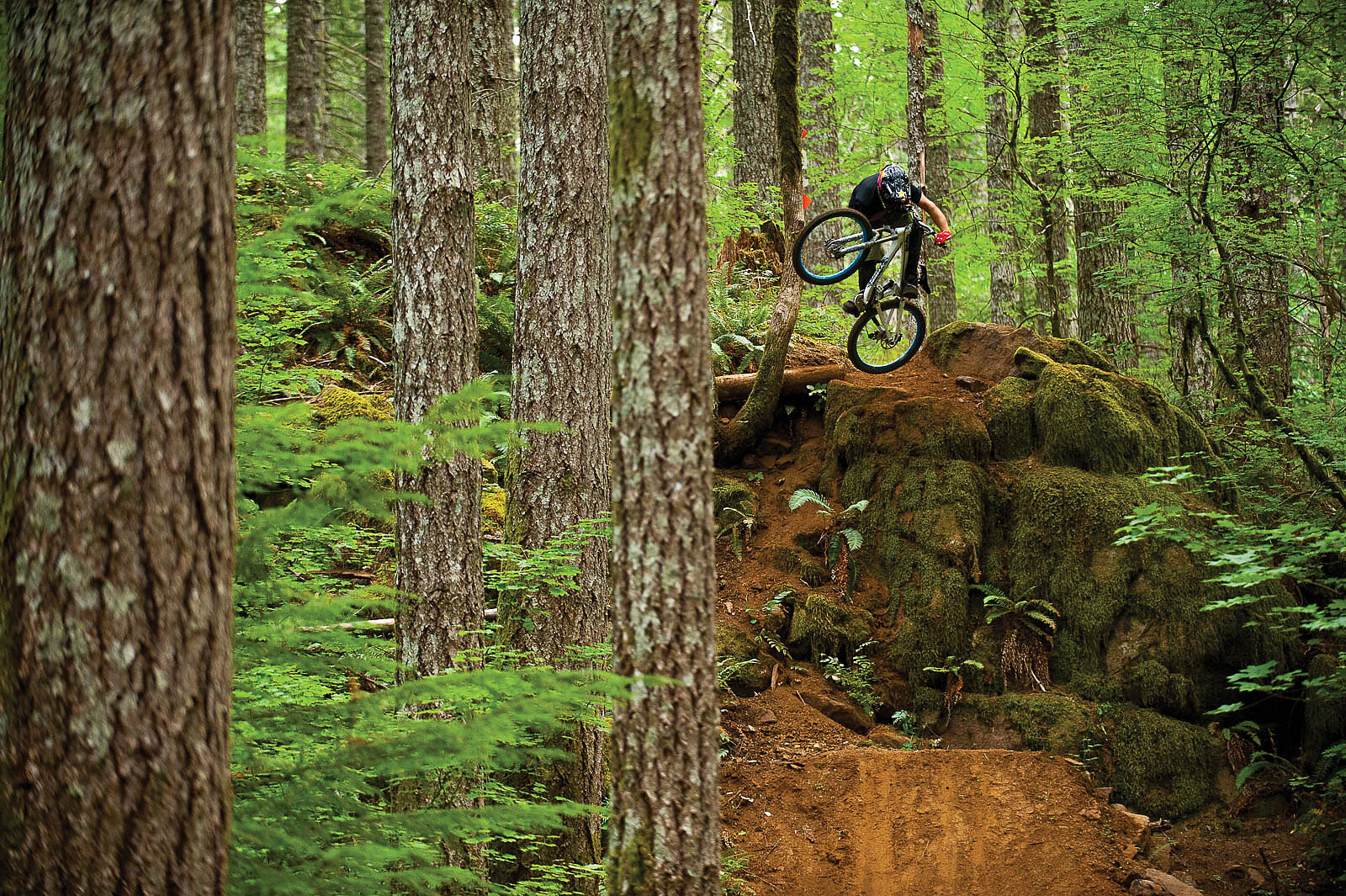
Early on, Kowalski approached Munsell about hosting fundraisers through Santiam. As long as the network was open to the public, Munsell said, they’d be happy to. The shop hosted numerous movie premieres in Salem, which raised thousands of dollars in a day, thanks to all the locals coming out. They also helped organize Black Rock’s legendary shuttle days, in which folks could pay $25 for a full day of shuttling the normally pedal-only network. It wasn’t uncommon to have 100-plus people show up.
There’s no town of Black Rock (although there was a bustling mill town for the first half of the 20th century), so riders hail from the surrounding communities of Falls City, Dallas, Salem, Lincoln City, and everywhere in between. In this sense, being a local at Black Rock is less about where you live and more about how much time you spend there.
“As the trails became more and more popular, they realized that something more official needed to be formed,” says Dino Venti, a longtime Black Rock rider and builder, and one of the founding Black Rock Mountain Bike Association (BRMBA) board members. “That original group of guys wasn’t interested in doing [that], but they were willing to step aside and let a group of us who were willing to step up and start a nonprofit and start growing the system and making it more official.”
It takes a special type of person to be willing to hand off all their hard work and let someone else run with it. But if there’s a common thread that is woven in the fabric of Black Rock, it’s that very notion. Everyone has their time, and then it’s someone else’s. Kowalski, Susee, and Vogt set the precedent from the beginning. After a few exhausting years getting Black Rock legalized, they willingly passed it along to the next cohort.
Rich Bontrager stepped in as president in 2006 and, along with help from Joe Rykowski, Wade Waddell, and the support of all the trail managers, transformed the organization into the BRMBA nonprofit. This opened the doors for more fundraising opportunities and formalized the board’s role. The name change was inspired by wanting to represent mountain biking beyond just freeride.
“As we expanded, learned more, built the website, as we got more details out to people, they just started coming in droves,” Bontrager says. “We had build days where we had upwards of 50 people. It was almost a challenge to get them to all the right places and keep everyone busy. We gave a lot of freedom to the trail managers to design the trails as they wanted to, and I think that really gave each trail a different feel, so it appealed to a lot of different riders.”
The energy at Black Rock was at an all-time high by the late 2000s. Not only had the community grown substantially, so had the reputation. In 2008, New World Disorder 9 featured Cam McCaul and Kirt Voreis ripping, flipping, and goofing at Black Rock. In July of the following year, a photo of Voreis from that very shoot landed on the front of Bike magazine, with the cover line proclaiming “Cheap Thrills: Oregon’s Revolutionary Freeride Park.” The trails were highlighted again in New World Disorder 10, this time by Wayne Goss flowing eloquently through the ferns. Legends like Thomas Vanderham, Geoff Gulevich, Andreu Lacondeguy, and many more all made their own visits too.
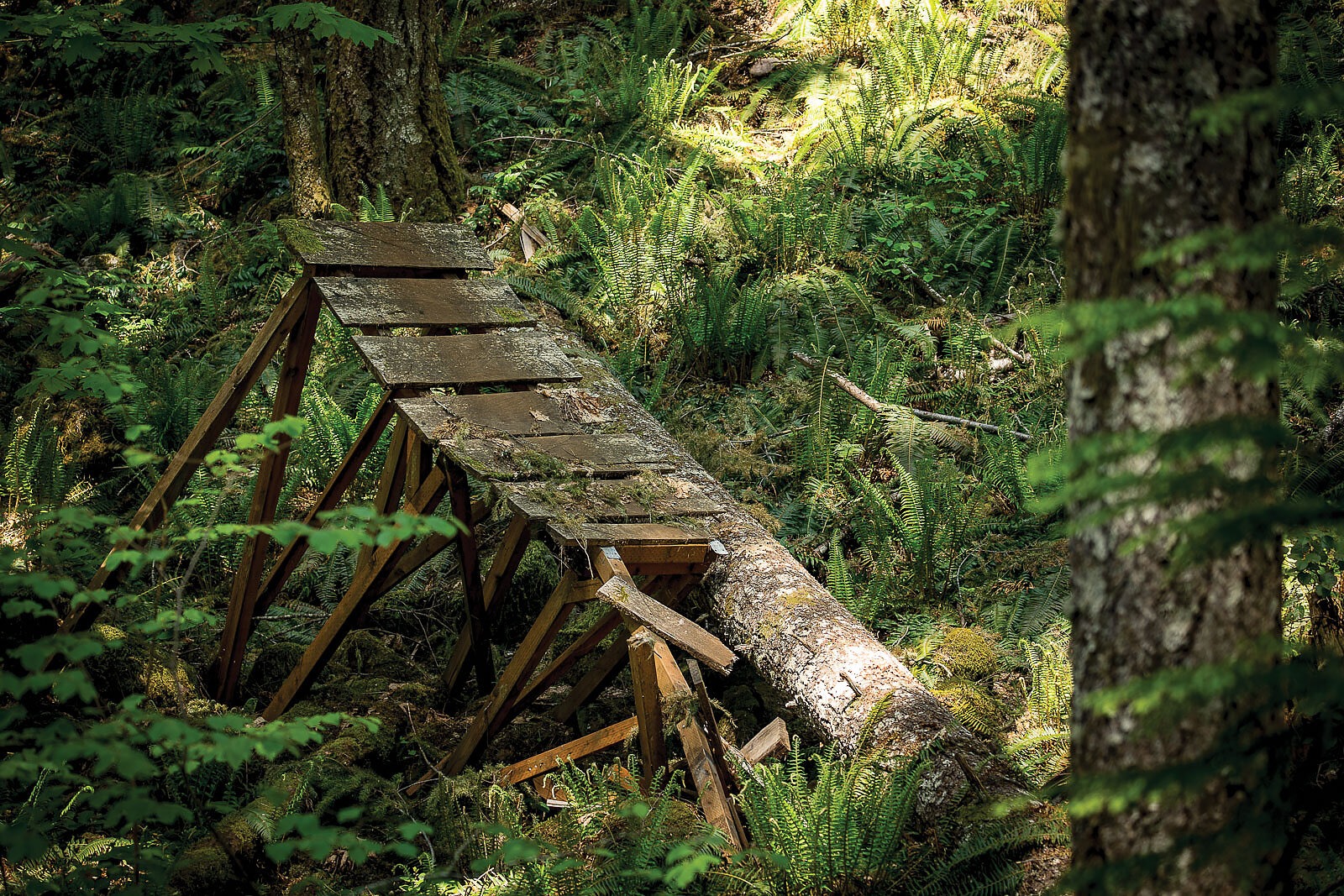
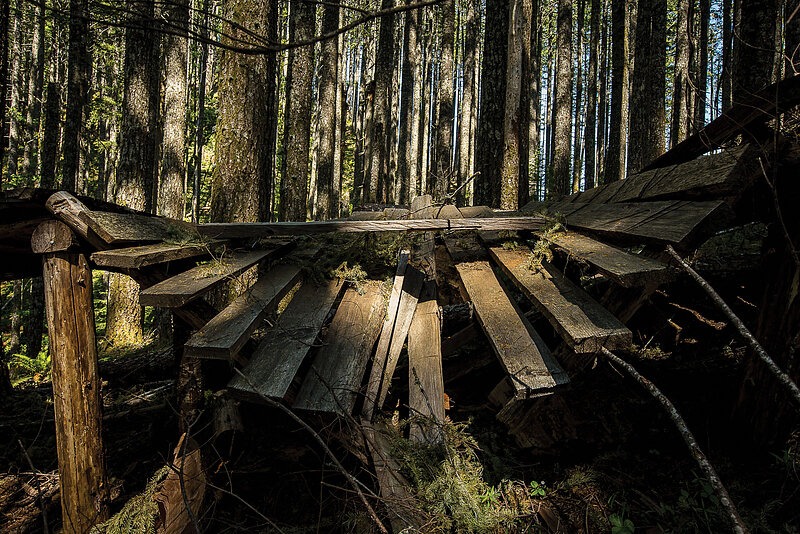
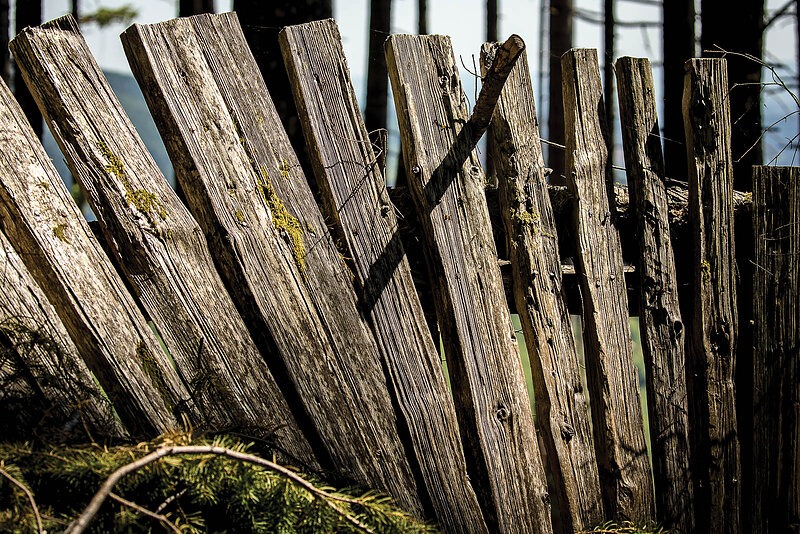

However, it’s difficult to be at the forefront of a sport’s evolution forever. In the following decade, multiple factors contributed to a downturn of activity at Black Rock. Those factors included the fact that mountain bike trails were becoming much less of an anomaly—boundary pushing lines were cropping up all over the Northwest leading to a lot more options for serious riders. Then, on one occasion, a wildlife biologist saw a film crew out at night, which sparked concern with ODF staff who were already facing pressures resulting from the Great Recession. The overall effect was for ODF to begin taking a more conservative approach to how it handled recreation on its land.
Munsell speculates that Black Rock inspired the creation of other home-grown freeride networks throughout the Northwest, perhaps drawing riders away from central Oregon. And when John Barnes retired in 2013, no one took over his position at ODF.
“When I left, I don’t think anyone [from ODF] was pursuing [expanding the network] or willing to work with [the mountain bikers] in that capacity,” Barnes says. “To be frank, the district, although they were supportive, they were reluctantly supportive because their main job as a district was to manage the forest for forest products—recreation was kind of an [afterthought].”
Although the energy might have been different, things were still happening at Black Rock. Numerous demo and shuttle days were still being organized on a semi-regular basis. The entire network’s signage was refreshed. The trails still got plenty of love from trail managers and volunteers. The passion, dedication, and community that has always been core to Black Rock was very much still alive. And in a sense, it was perhaps even more concentrated.
“When you get a big explosion of progression, it’s pretty natural for things to taper for a bit,” Lund says. “I think that was a big part of it too, the natural ebb and flow of how things move forward in life.”
A near-fatal blow was dealt to the hillside in February 2021, when a massive wind and ice storm ripped through the area. The whole system was shut down for two months out of safety concerns. Lund had just come on as president a few months prior but was determined to get the trails running again.
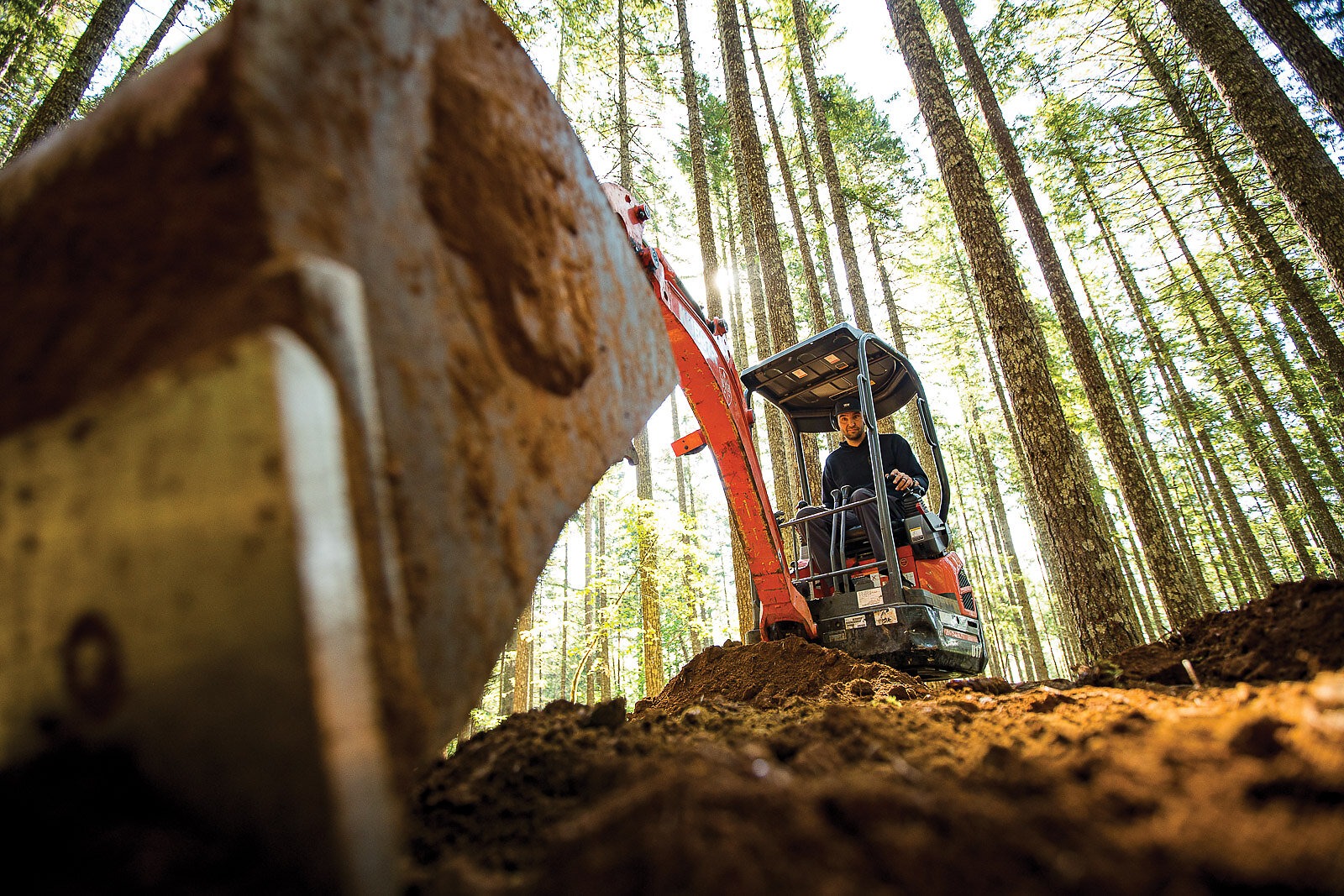
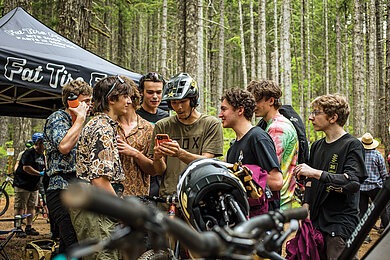
We all could have walked away right there, and there would have been no trails,” Lund says. “There were so many trees down that the Oregon Department of Forestry had to do a salvage operation … It was a little demoralizing at times, mainly the never-ending work of keeping the trails open, but at the same time, honestly, I was kind of excited because it was an opportunity that made ODF view the trail system differently and we had to rally to make [the work] happen.”
That following spring and summer, the trails were shut down during the week so ODF could run its machinery. Then Lund and countless BRMBA volunteers would show up and clear the debris to open the place for riders each weekend. It was like Groundhog Day meets American Loggers—sort of. Unlike other networks that are working forests on logging company land or state-owned timber plots, Black Rock hasn’t been logged since the ’80s due to it the fact that it acts as habitat for the northern spotted owl. This species is listed in the Endangered Species Act, a law that became a legal tool to preserve the forest from clearcutting in what was eventually dubbed the “timber wars.”
This is why, to this day, Black Rock has widely spaced 100-plus foot tall Doug firs, offering unique, picture-perfect views throughout the forest. While these aren’t old-growth trees, they have long outgrown the typical logging lifecycle and would surely make any timber surveyor salivate. That decades-old conflict, along with the proliferation of Wall Street-owned forestlands and aggressive logging tactics, were significant contributing factors to why rural logging towns, like Falls City, suffered economic hardship in the ensuing decades.
But resilience and tenacity are traits that loggers and mountain bikers seem to share. In the wake of the windstorm, Lund helped create a long-term trail operations plan with ODF. This includes revamping a handful of trails (already underway) and building a parking lot that has a direct-access climbing trail to Black Rock, bypassing Camp Tapawingo.
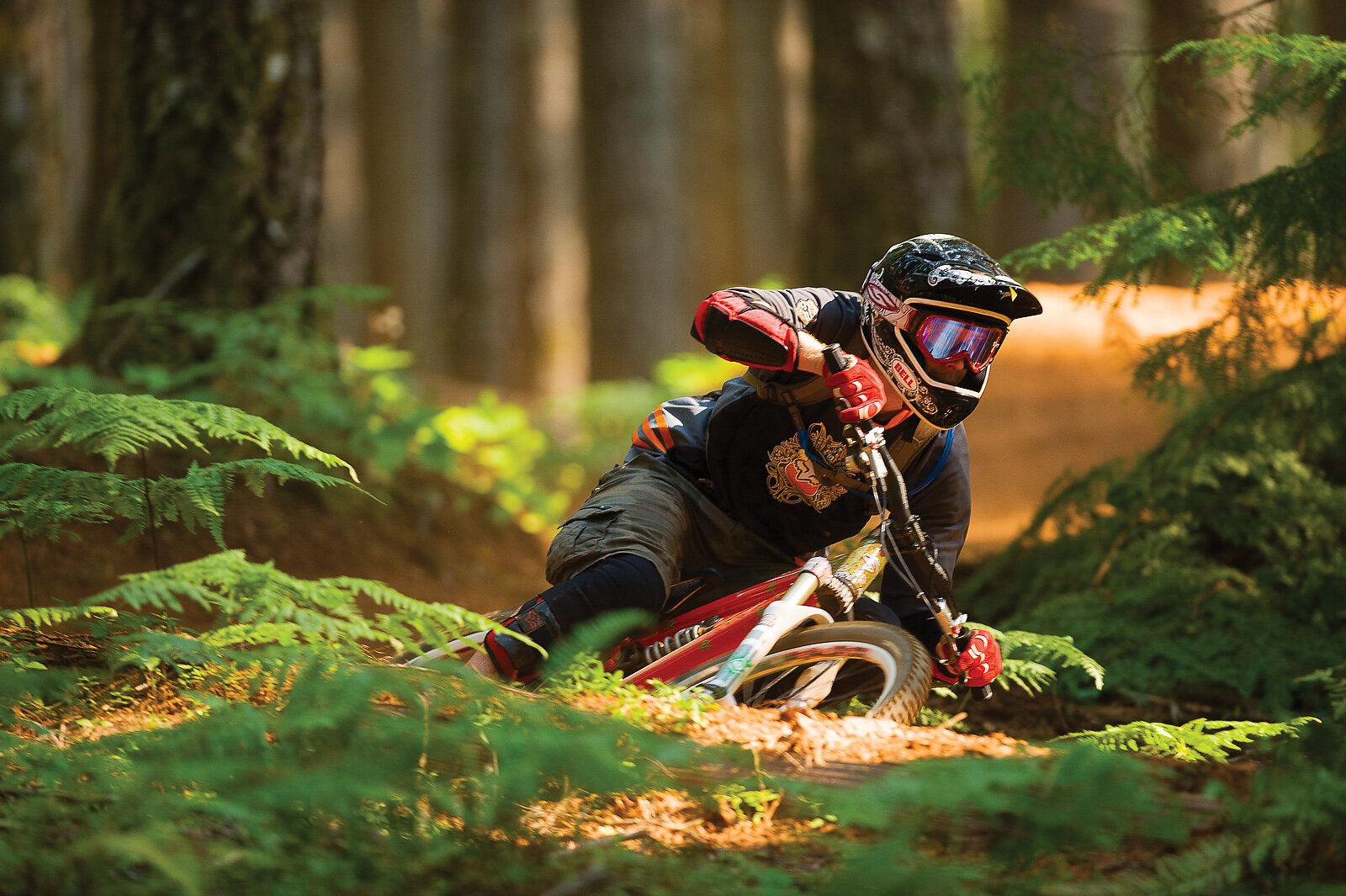
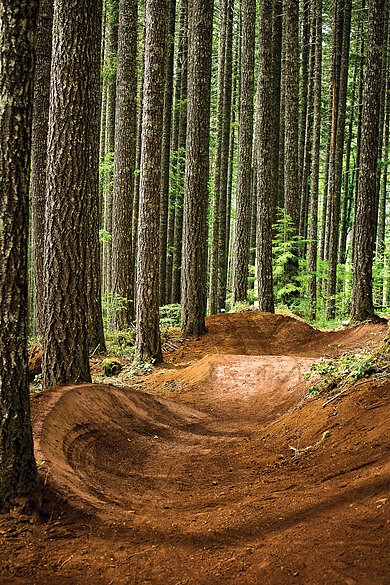
The familial legacy of digging and riding at Black Rock is continually being passed on. This couldn’t be truer than with Josh Venti, Dino Venti’s nephew. Josh had ridden bikes a bit growing up, but in his 30s, he came out to Black Rock with his uncle to see what the scene was all about. Josh runs Bros. and Hoes Landscaping out of Pacific City, Oregon, and felt like he was logging a few too many hours in front of the computer, and not enough outside. Riding— and soon after, digging—at Black Rock became a welcomed outlet.
“Dino thought I’d really enjoy the trails and the community and got me out here and I just fell in love with it,” Josh says. “Black Rock was fully inspirational to me and getting me back on my bike. I saw what Dino and his friends had as far as the community, and that was something that I really thought would be a fun addition to my life. And then also being in the forest was inspirational to me at that point.”
But the Black Rock of today and the one Dino helped create are several decades and technological revolutions apart. Trailbuilding capabilities alone have gone through a diesel-powered revolution. What can be done in a day used to take months. Trail design and features are also in nearly a different universe. Skinny woodwork is out and flowy, high-speed jumps are in (depending on who you ask, of course). Bikes are totally different too. The physical and cultural evolution of Black Rock is happening in real time.
After several days of digging in the fall of 2023, Saturday’s open house deadline is looming despite Sunday Stroll needing a few final tweaks. In typical fashion, Josh fires the machine up at 6 a.m. to log a few final hours before everyone arrived. By 10 a.m., what was a trio of rollers has been completely reshaped into a berm, and the final step-down is complete, although a little soft. By this time, cars are already parked bumper to bumper on the road in, and hordes of excited mountain bikers are making the pedal up.
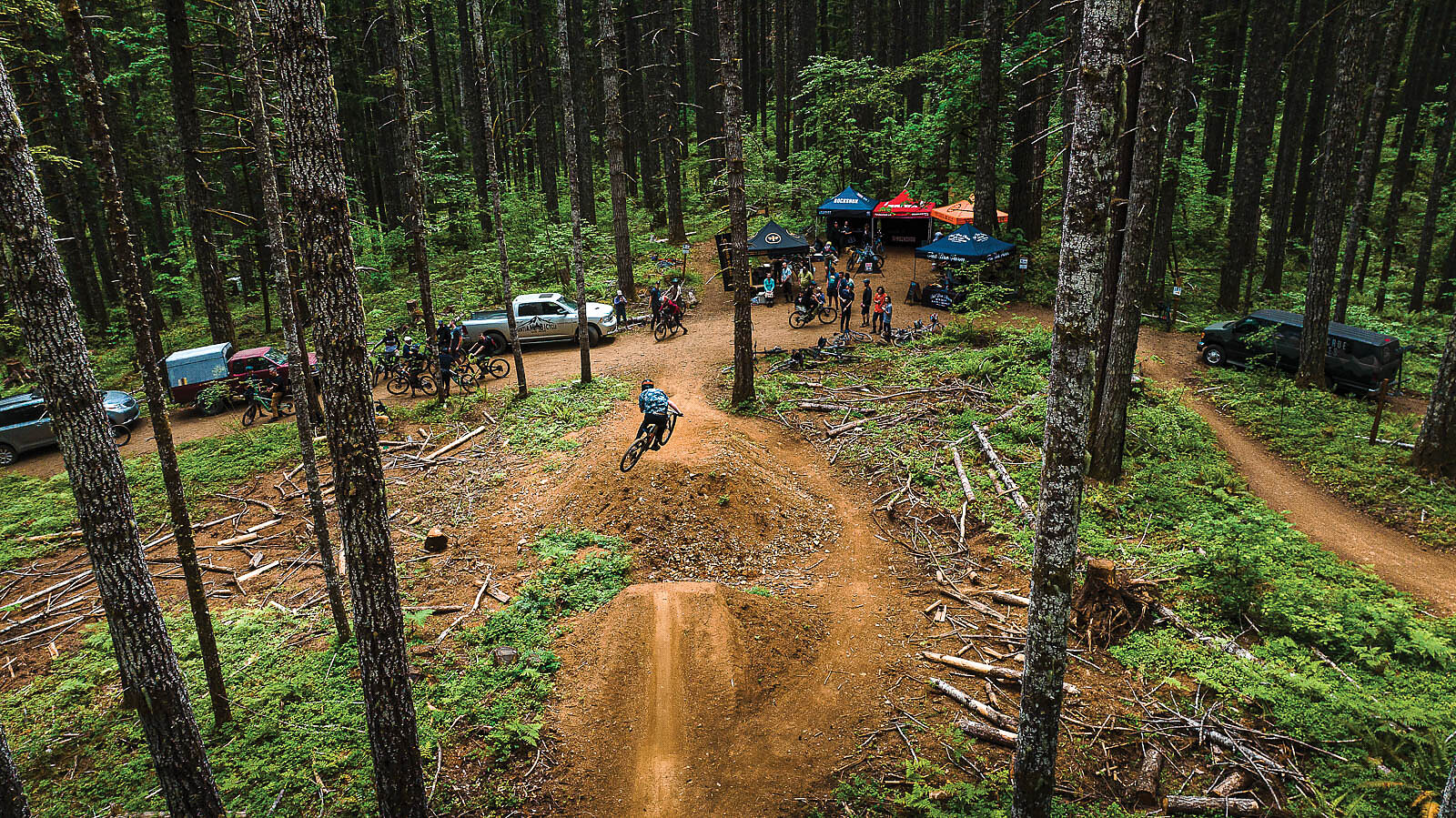
“The thing that has gotten me the most excited is seeing everybody come together and rallying around this,” Lund says. “I’ve been around the scene for a long time and been really good friends with all these guys, so with that I’ve heard all the desires and dreams over the years … I have a pretty good understanding of the place and what it could be and where it could go.”
While Lund is at the helm of BRMBA these days, he’s the first one to point out that the opportunities of today rest squarely on the back of two decades of stewardship and thousands of dedicated people. Even during the earliest days of Black Rock, it was never a selfish endeavor but rather an opportunity to create something meaningful. That ethos has been essential to the place’s continual evolution.
“I’m proud of it, but it’s not just me,” Kowalski reflects. “I did my part and so has everyone else, and that’s why it’s lasted this long.” The new generation of Black Rock rippers, who are unknowingly tasked with upholding the place’s righteous traditions, is visibly frothing as they experience the magic. Dads on eMTBs tow up youngins on 24-inch wheels before letting them loose on drops their own height. Groms decked out in Pit Vipers and party shirts timidly eye up the new gaps before jumping into trains with their friends. The woods reverberate with howls as dust rises like cumulus clouds in the wake of skidding tires.
“Looking at these kids just shredding,” Lund says as he surveys the scene, “it’s fun to see that future happening because that’s what keeps trail systems alive."
Welcome to Issue 15.2
A unique blend of shared excitement and camaraderie that transcends mere thrill-seeking exists within the mountain biking community. In the latest issue of Freehub, we uncover the nuanced layers of connection that define our community. An in-depth report on the groundbreaking inclusion of women in premier slopestyle events and an exploration of the neurological foundations of mountain biking that promote healing and mental well-being are a few among many stories that delve into the diverse ways riders find unity and purpose. In a profile piece on Laura Blythe, a search for purpose leads to a blossoming love for mountain biking on the trails of Fire Mountain in the Qualla Boundary, home of the Eastern Band of Cherokee Indians in North Carolina. These narratives highlight individual experiences that collectively shape our shared passion for mountain biking.
Dive in and explore the depth of community woven through the pages of Issue 15.2.

